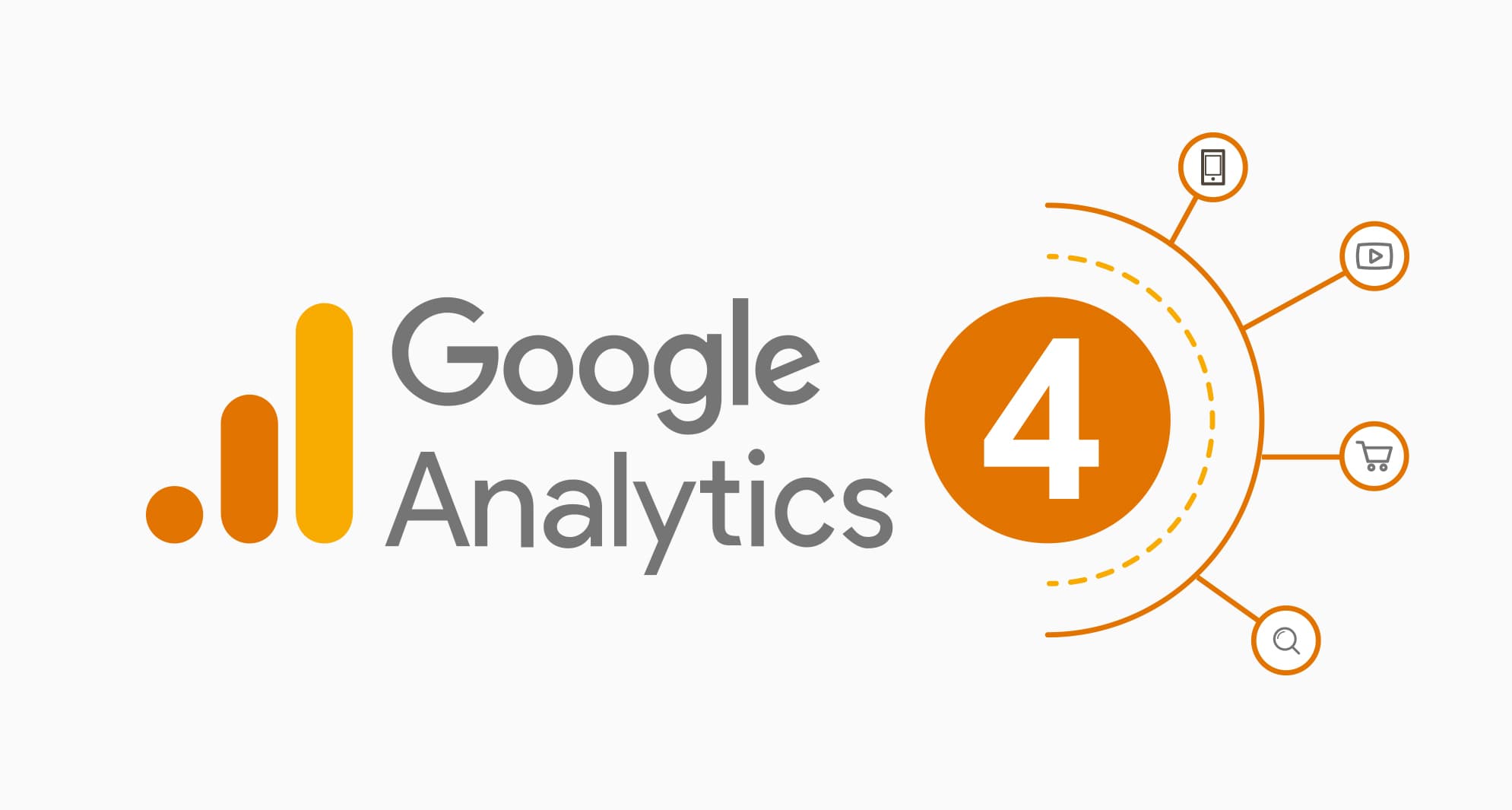Leveraging Google Analytics for In-Depth Insights Into Individual Actions and Engagement
In the electronic landscape where customer behavior and involvement hold the essential to online success, leveraging devices like Google Analytics has ended up being vital for businesses seeking to understand their target market's interactions with their systems. This sophisticated analytics system uses a wide range of information that can unveil intricate details concerning how users navigate websites, engage with content, and eventually transform - what data does google analytics prohibit collecting. By touching right into Google Analytics, organizations can uncover useful insights that surpass surface-level metrics, supplying a detailed understanding of customer habits and preferences
Recognizing Customer Habits Through Google Analytics
Utilizing Google Analytics provides a thorough understanding of user actions on digital platforms. By evaluating data such as the number of site visitors, their geographical places, the web pages they go to, and the actions they take, companies can obtain beneficial understandings right into exactly how users connect with their web sites or applications. This info enables notified decision-making, allowing organizations to optimize their on-line visibility for boosted individual experience and interaction.
One trick aspect that Google Analytics assists to uncover is customer website traffic patterns. By tracking metrics like the source of traffic, reference web links, and prominent search phrases, organizations can determine what drives users to their system. what data does google analytics prohibit collecting. This understanding aids in tailoring marketing strategies to target certain demographics or passions effectively
Furthermore, Google Analytics uses comprehensive records on individual engagement, showcasing metrics like bounce rates, session durations, and conversion prices. Recognizing these metrics offers valuable comments on the performance of web content, design, and total user experience, equipping businesses to make data-driven renovations and drive far better results. In essence, Google Analytics works as an effective tool for deciphering customer habits and maximizing electronic platforms for success.
Studying Internet Site Web Traffic Patterns
Understanding the circulation of website traffic on a web site is important for maximizing its performance and enhancing user engagement. Examining internet site traffic patterns offers valuable insights right into how customers interact with the site, what content they find most engaging, and where they may be running into challenges. By leveraging tools like Google Analytics, internet site owners can track metrics such as web page sights, special visitors, bounce rates, and ordinary session duration to gain an extensive understanding of user actions.
Researching traffic resources is crucial in figuring out where site visitors are originating from, whether via organic search, social media sites, referrals, or direct traffic. This information aids in customizing marketing strategies to target particular audiences successfully. In addition, assessing the actions circulation within the site can highlight preferred touchdown pages, exit web pages, and the most typical courses individuals take through the site. Determining these patterns allows website proprietors to make educated choices regarding web content positioning, navigating improvements, and total website layout to boost customer experience and drive conversions.
Tracking Individual Interaction Metrics
To grow the insights acquired from analyzing website traffic patterns, it is vital to concentrate on tracking user engagement metrics. User interaction metrics supply valuable details regarding exactly how site visitors communicate with an internet site, showing the level of interest and contentment with the content. By tracking metrics such as bounce rate, typical session duration, web pages per session, and conversion rates, internet site owners can understand the performance of their material and user experience.
Bounce price gauges the portion of site visitors who browse far from the website after viewing only one web page, suggesting whether the content is pertinent and engaging. Ordinary session duration discloses exactly how much time visitors invest on the site, reflecting their level of interest. Pages per session metric shows the average variety of web pages visitors see throughout a session, showing the depth of exploration. Conversion rates track the percent of visitors who finish a her response wanted activity, such as purchasing or loading out a form, showing the effectiveness of the web site in driving customer actions. By examining these individual involvement metrics, internet site proprietors can make informed decisions to maximize their material and customer experience to improve interaction and achieve their goals.
Identifying Conversion Opportunities
Determining prospective conversion possibilities is a critical facet of optimizing site efficiency and achieving wanted user activities. With Google Analytics, services can discover useful understandings that can aid in recognizing areas where customers are handing over or not continuing to the desired conversion actions. By evaluating metrics such as conversion rates, landing page efficiency, and user circulation, companies can pinpoint prospective bottlenecks in the conversion her response process.

Additionally, utilizing Google Analytics' behavior circulation feature can give an aesthetic representation of just how customers navigate through the website. This can aid in identifying prominent paths in addition to any roadblocks that might be hindering conversions. By leveraging these insights, companies can enhance their site for enhanced customer experience and increased conversion prices.
Enhancing Individual Experience With Data-Driven Insights
By leveraging data-driven insights from Google Analytics, organizations can tactically maximize their site to enhance user experience and drive greater conversion rates. Understanding user habits with information analysis allows firms to tailor their internet sites to meet the particular requirements and choices of their target market. By recognizing key metrics such as bounce prices, session period, and prominent pages, companies can gain beneficial insights right into just how individuals communicate with their site.
Google Analytics gives comprehensive details on customer demographics, tools utilized, and also the particular actions handled the web site. This data makes it possible for services to make informed decisions on website layout, content positioning, and general user circulation. By leveraging these understandings, firms can develop a much more customized and appealing user experience, resulting in boosted fulfillment and loyalty.
In addition, data-driven understandings can aid businesses recognize discomfort factors in the user journey and apply targeted improvements to streamline the conversion procedure. By continually checking and assessing individual actions, companies can adapt and maximize their web site to make certain a smooth and enjoyable experience for visitors, ultimately driving higher conversion rates and making the most of service success.

Final Thought
Finally, Google Analytics supplies useful insights into user actions and involvement on internet sites. By analyzing traffic patterns, link tracking interaction metrics, and recognizing conversion chances, businesses can make data-driven decisions to enhance the customer experience. Leveraging these understandings can bring about enhanced website efficiency and boosted conversions.
By tracking metrics such as bounce rate, ordinary session period, web pages per session, and conversion rates, internet site owners can comprehend the effectiveness of their web content and customer experience.
Conversion rates track the percent of site visitors who complete a desired action, such as filling up or making a purchase out a form, showing the performance of the internet site in driving customer activities. By examining these individual involvement metrics, website owners can make educated decisions to optimize their web content and user experience to boost engagement and attain their goals.
By leveraging these insights, companies can optimize their website for boosted customer experience and enhanced conversion rates.
By leveraging data-driven understandings from Google Analytics, businesses can tactically maximize their site to boost user experience and drive higher conversion prices.